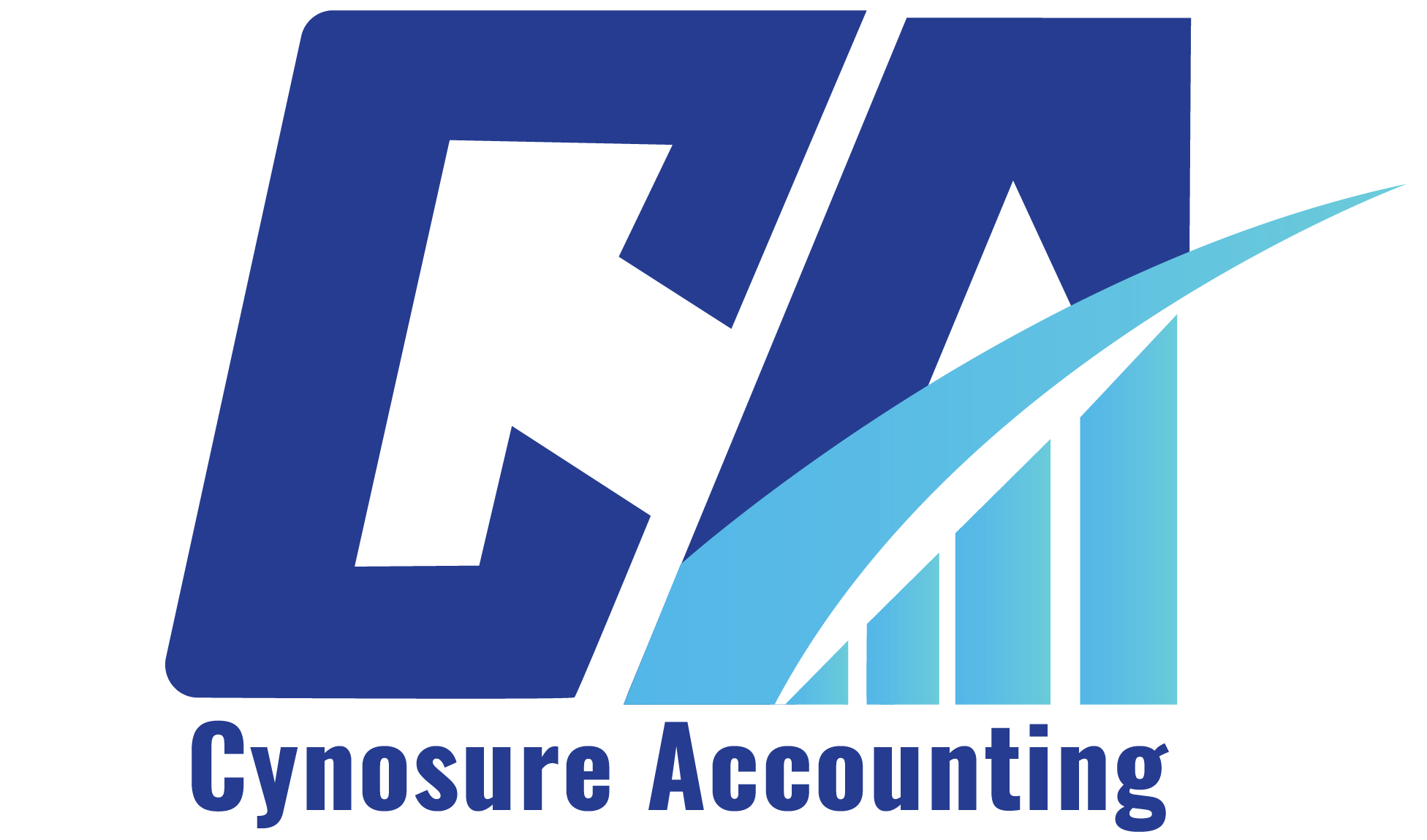Payroll reconciliation is a critical task for any organization that wants to ensure accurate payments, compliance with tax laws, and error-free financial statements. Whether you’re managing payroll in-house or outsourcing it, understanding the payroll reconciliation process is essential for maintaining trust with your workforce and avoiding costly mistakes.
In this guide, we’ll break down the payroll reconciliation process into simple, actionable steps. By the end, you’ll have a clear understanding of how to reconcile payroll effectively, ensuring accuracy and compliance every time.
What is Payroll Reconciliation?
Payroll reconciliation is the process of comparing payroll data to ensure that all payments, deductions, and withholdings are accurate and consistent with your general ledger and financial statements. It involves verifying wages, salaries, payroll taxes, and other deductions to ensure everything aligns with your records.
This process is crucial for identifying discrepancies, preventing errors, and maintaining compliance with federal and state tax laws. It also helps organizations prepare for audits and ensures that employees are paid correctly and on time.
Why is the Payroll Reconciliation Process Important?
The payroll reconciliation process is vital for several reasons:
- Accuracy in Payments: Ensures employees receive the correct wages and salaries.
- Compliance: Helps organizations adhere to tax laws and avoid penalties.
- Financial Integrity: Maintains the accuracy of financial statements, including the balance sheet.
- Audit Readiness: Prepares organizations for internal or external audits.
- Employee Trust: Builds confidence among employees by ensuring timely and accurate paychecks.
Without proper payroll reconciliation, organizations risk overpaying or underpaying employees, miscalculating payroll taxes, and facing legal or financial consequences.
Step-by-Step Guide to the Payroll Reconciliation Process
Step 1: Gather Payroll Data
Start by collecting all relevant payroll data, including:
- Employee hours worked
- Salaries and wages
- Payroll deductions (e.g., social security, income taxes, withholdings)
- Payroll taxes and contributions
- Payroll registers and general ledger entries
Ensure that all data is up-to-date and accurate before proceeding.
Step 2: Compare Payroll Registers with the General Ledger
The next step is to compare your payroll registers with the general ledger. This involves:
- Matching total wages and salaries in the payroll register to the general ledger.
- Verifying payroll deductions, such as federal income taxes and social security contributions.
- Ensuring that all entries are correctly recorded in the balance sheet.
Any discrepancies should be investigated and resolved immediately.
Step 3: Verify Payroll Taxes and Withholdings
Payroll taxes and withholdings are a critical part of the payroll reconciliation process. Here’s what to check:
- Federal and state income taxes
- Social security and Medicare contributions
- Other withholdings, such as retirement plans or health insurance premiums
Ensure that all calculations align with current tax brackets and tax laws.
Step 4: Reconcile Payroll Deductions
Payroll deductions can include:
- Income taxes
- Social security contributions
- Retirement plan contributions
- Health insurance premiums
Verify that all deductions are accurately calculated and recorded. Any errors here can lead to compliance issues or employee dissatisfaction.
Step 5: Review Payroll Payments
Once all data is verified, review the actual payroll payments. Ensure that:
- Paychecks are issued on time.
- Direct deposits are processed correctly.
- Any manual payments are accurately recorded.
This step ensures that employees receive their correct pay without delays.
Step 6: Document and Resolve Discrepancies
If you find any discrepancies during the payroll reconciliation process, document them and take immediate action to resolve them. Common issues include:
- Mismatched totals between the payroll register and general ledger.
- Incorrect tax withholdings or deductions.
- Errors in employee hours or wages.
Resolving these issues promptly ensures compliance and accuracy.
Step 7: Automate the Process for Efficiency
While manual payroll reconciliation is possible, automation can significantly improve efficiency and accuracy. Consider using HRMS (Human Resource Management Systems) or payroll software that integrates with your general ledger. Automation can:
- Reduce manual errors.
- Save time on calculations.
- Provide real-time data analytics for better decision-making.
Step 8: Prepare for Audits
A well-executed payroll reconciliation process ensures that your organization is audit-ready. Keep detailed records of all payroll data, reconciliations, and resolutions. This documentation will be invaluable during internal or external audits.
Common Challenges in the Payroll Reconciliation Process
While the payroll reconciliation process is essential, it’s not without challenges. Some common issues include:
- Data Entry Errors: Manual data entry can lead to mistakes in wages, deductions, or taxes.
- Changing Tax Laws: Keeping up with federal and state tax laws can be complex.
- Time-Consuming Process: Manual reconciliation can be labor-intensive, especially for large organizations.
- Integration Issues: Disconnected systems can lead to mismatched data between payroll and accounting software.
To overcome these challenges, consider outsourcing payroll reconciliation or investing in automation tools.
Best Practices for Effective Payroll Reconciliation
- Regular Reconciliation: Conduct payroll reconciliation regularly, such as monthly or quarterly, to catch errors early.
- Stay Updated on Tax Laws: Ensure your team is aware of changes in tax brackets, withholdings, and compliance requirements.
- Use Reliable Software: Invest in payroll software that integrates with your general ledger and provides accurate calculations.
- Train Your Team: Ensure your HR and finance teams are well-trained in payroll reconciliation processes.
- Maintain Detailed Records: Keep thorough documentation of all payroll data and reconciliations for audit purposes.
The payroll reconciliation process is a cornerstone of accurate payroll management. By following the steps outlined in this guide, you can ensure compliance, accuracy, and trust within your organization. Whether you choose to handle payroll reconciliation in-house or outsource it, the key is to prioritize accuracy and efficiency.
With the right tools, processes, and attention to detail, you can master the payroll reconciliation process and keep your organization running smoothly.

